#opalised wood
Photo
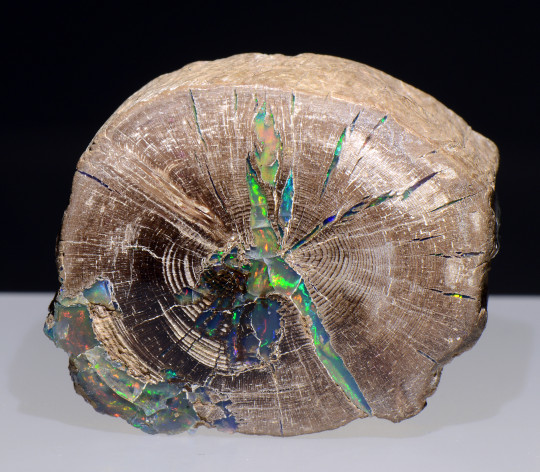
Opal in petrified wood, Natural History Museum of Los Angeles, Gem and Mineral Hall Collection. By Stan Celestian on Flickr. (Hi-Res)
#opal#opals#opalised#opalized#petrified#wood#opalised wood#opalized wood#petrified wood#fossil#fossils#fossilised#fossilized#fossilised wood#fossilized wood#tree#trees#tree trunk#tree trunks#mineral#minerals#museum#museums#natural history museum#nhmla#los angeles#natural history museum of los angeles#geology#stan celestian
10K notes
·
View notes
Text



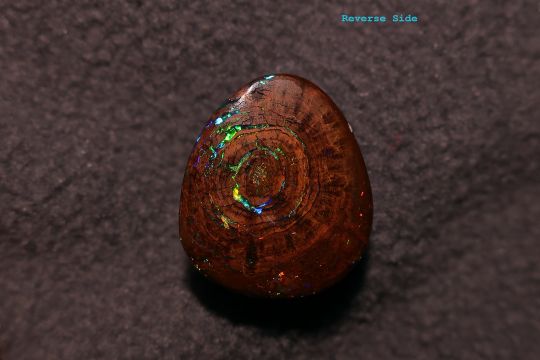

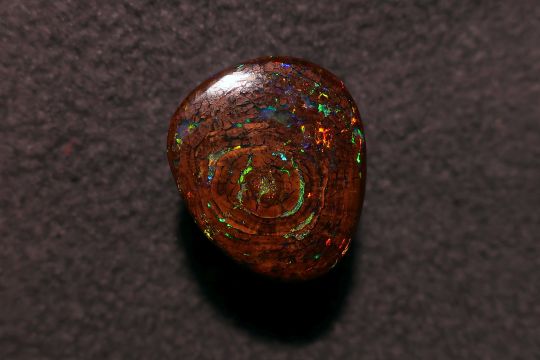
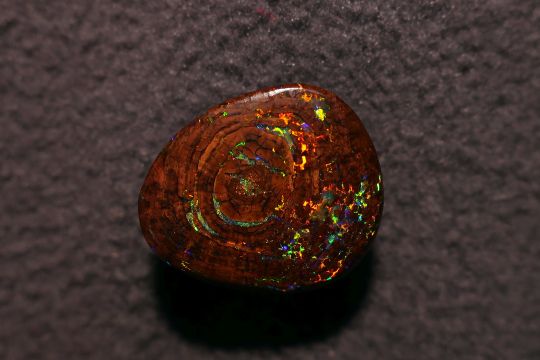
Opalized wood Boulder Opal form outback Queensland Australia
Incredibly rare opal fossil with growth rings , medullary rays and center pith clearly visible
#opalized wood#opalised wood#opal fossil#opal#australian opal#boulder opal#opalized wood fossil#planetopal#rare opal#australia#gem#opaljewelry
1 note
·
View note
Note
!! saw yr url in the reblogs of that opalised wood post and it so jumpscared me because i live in a place called rusholme. thank you have a njce day
anon if you live in Rusholme we are practically neighbours. I am sending you a kiss telepathically did you feel it
1 note
·
View note
Text
The Worker's Guild

Flechte is the resident blacksmith, though he also practises glassblowing and more refined metalwork, like small statues and jewelry. he's one of the earliest members of the town, having joined back when they were only a small grouping of dragons.
formerly a bodyguard and gladiator in his earlier life, subjected to scrutiny and betrayal, flechte has become a much kinder dragon over the past several decades since leaving a now-gone kingdom. he'd fled to the fire territory after a betrayal, and became an apprentice to another blacksmith, learning the trade and developing the skill to breathe fire, even as a non-fire coatl.
eventually he left the territory in search of a long-lost friend, eventually finding her in the shadow territory as a founder of the town-then-band.
now, he makes his smithy in the bottom level of the guild's spire, the chimney of the forge and oven providing heat for the rest of the workshops. he has no apprentice, not since the loss of his only student, but he thinks he may eventually take a new one. he's friendly with all of the other workers and apprentices, though he's particularly partial to spiegel, and spiegel to him (and his own apprentice).
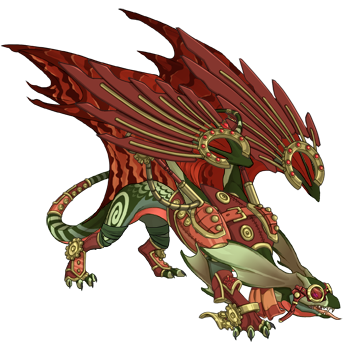
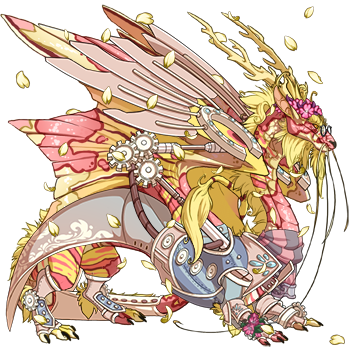
Spiegel and Tadael are engineers, staying in the second level of the spire. they're inventors, builders, and planners, with spiegel teaching tadael everything he knows. spiegel's plans have been essential to the framework of the town since its inception, and tadael has proven himself an exceptional addition.
spiegel was still young when he first joined the small band of dragons. he'd been born to a nomadic pack of mirrors, traveling between the plague and shadow territories. while in the southeast woods, he was severely injured by a pronghorn. his pack, believing him dead, left him behind, until he was found by one of the band's members and brought back to health.
he taught himself math in his own way, using symbols and methods indecipherable to others. tadael is the only other dragon who can understand what's written, and he keeps it under lock and key.
tadael, meanwhile, decided to study under spiegel far later into his life; he's several decades older, being roughly 260 years. for most of his life, he was a florist, something he still enjoys while being an engineer. becoming spiegel's apprentice was almost entirely on a whim, wanting to learn more, and he ended up enjoying it and catching on to it incredibly quickly. he enjoys spiegel's company, and likes talking while the other listens.
so far, he's spiegel's fourth apprentice. he lost all of the first three, none of them able to see the end of their apprenticeship. spiegel has become incredibly protective of him, no matter how much he downplays it and denies it. tadael finds it nice.
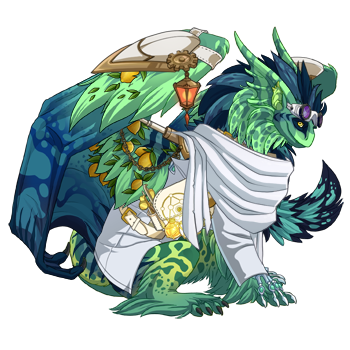

Lehrer and Rho are the alchemists, their workshop taking up the third level of the spire. their primary focus is transmutation, though they are also heavily involved in identifying and analysing various forms of magic and their effects, and how to advance or reverse these properties. they end up working closely with the medic, Cayde, in this regard.
lehrer was found as an egg by his father and mentor, Dunst. he was raised around alchemy and, naturally, developed an interest at an early age. dunst taught him everything he knew about transmutation, elements both physical and magical, and the basics of biological alchemy.
after dunst's passing, lehrer took over as the sole alchemist for a growing town. when his partner, Riptide, and the florist, Azure, developed progressively encroaching forms of opalisation, he threw himself into his research of magical effects and managed to stop the progression of both.
rho was, like lehrer himself, was found by his father and mentor, lehrer. and, like lehrer, he developed an interest in alchemy, and was naturally exceptionally talented in the art. with lehrer's knowledge and devoted research, he completed his apprenticeship and became a full alchemist in his own right.
rho has expressed interest in taking on his own apprentice, and lehrer gives his full approval. now, it's just a matter of finding a dragon willing to put in the work.

finally, Frolic is a leatherworker and tanner, with her shop on the fourth level of the spire. she primarily makes clothing and leather armor, but, on occasion, will do custom requests (usually pieces to put together or repair market stalls).
she grew up in a well-off family in the light territory, her father a glasses-maker. it wasn't a profession she was interested in, and without any particular sort of work in mind, she wandered about between towns and villages looking for purpose.
eventually, she ended up in the apprenticeship of a leatherworker, and completed her training. she left the town, and came across the Keepers by accident. she ended up staying, finding business neither too slow nor fast, and settling down for good.
5 notes
·
View notes
Photo

This is a crab claw that has been opalised in the same way that petrified wood is. This is a very rare and awesome find.
Photo: Peter Cuneo
24 notes
·
View notes
Note
What gem do you think would be a good botanist/environmentalist?
Good question! Here are some gems I think could fit nicely for that role:
Petrified Wood or Opalised Wood
Oakstone
Flower Agate
Amber
Ammolite
Amethyst Sage Agate
Coral
Moss Agate
Chrysocolla
#gem help#other help#gemsona#anonymous#gem-fusion-help#gemsonas#gem oc#su oc#oc help#gemsona help#ocs#su#steven universe
8 notes
·
View notes
Photo

“Minerals of cobalt, chromium, manganese, copper, and oxides of iron and manganese create the exquisite and brilliant colors of opalised wood--green, blue, red, yellow, pink and orange. Silicates of carbon and aluminum add black and white. Some fossilised wood, though, is just reddish brown.
Ah, the unexpected and oft-disappointing substance of things.”
--Mary Scott, Petrified Wood
Image: Mary Scott, untitled (Petrified Wood), 2018, mixed media.
12 notes
·
View notes
Text
1 note
·
View note
Photo




So I was debating on whether to post this because I have had my art siphoned off other social media bases. So, before I describe what this is PLEASE if you use my work, PLEASE credit me properly. I do not do things like this just for shits and giggles. I work hard on my work, and yes this may be Windows (MS) Paint and not Photoshop, but I work hard on these things. That being said, here is the description:
The Maple Drawing-Room, Windows Paint Rendering Series.
A while ago (a few years?) I found autoCAD renderings of the Maple Drawing-Room on a Russian website specialising in CAD drawings. I paid for them (it wasn’t much) and was a little disappointed in that there were only two walls rendered; the entresol/balcony that connected the Empress’s Style Moderne living-room with the Tsar’s State “New” Study, and the wall with the door leading to the Empress’s Palisandre (Rose-wood) Drawing-Room. There was no wall with the doors leading to the main corridor (that split up Their Majesties’ apartments respectively) or the window wall. So I decided to do renderings that showed all the walls. With the two walls that I had, and following the floor plans of the Maple Drawing-Room, I was able to create as close to possible (as I could) given MS Paint restraints (it has its limitations but I make it work) a recreation of what the room looked like (all four walls) with its plaster ornamentation, pink walls, green cornice and all the beautiful maple-wood woodwork. I also put in some pieces of furniture like the horse-shoe shaped sofa with the cabinet which displayed the Empress’s Fabergé Easter eggs, and other trinkets. I also added a cabinet/bookcase which was designed for the room, and of which can be seen in photographs. I sourced all that I could find (including inventories of the room and when it was constructed; what hardware was used etc; the only thing that I cannot find a lick of information on is the transom piece over the door to the corridor; I took some artistic license for this) to make this rendering series as close as possible to its original. Recently photographs and video have been shared via Instagram of the reconstruction project going on at the Alexander Palace and they’ve made a great deal of headway with the Maple Drawing-Room itself. The plaster decoration of flowers, buds, leaves, vines and branches and ceramic tile-work for the fireplaces have been expertly recreated to how it looked before the War by Artcorpus_Interiors. The woodwork is being diligently worked upon by Stavros (a Saint Petersburg-based furniture design firm). It’s amazing how far they have come truly!
It was tedious (I’ll admit) to fine-tune the plaster ornamentation. Originally I had done a loose interpretation of it with thin white lines tied together like twine. Later after seeing more reconstruction photographs, I decided to fine-tune some details and ended up doing all of the plaster.
Some fun factoids: The green spots you see all along the upper part of the pink walls, was where pieces of inset green glass were fitted. 200 or so electrical bulbs (think circus lighting) were installed to create a indirectly lit ceiling and room (very avant garde for the time). This soft lighting bounced off the white ceiling (free-formed by the green cornice) and shined through the pieces of opalised, green glass. Some of the green spots didn’t have glass in them (they were just painted green to match the others) but there were strategic spots over which these lights shined through.
Another fun fact is the hardware/equipment of the room (locks, latches, loops, door handles, etc) in the construction inventories was silver and and another (which could be nickel silver); silver bronze. The “trengels” (it was a fun time trying to figure out what this word meant) or curtain rods were silver bronze, while the other hardware for the room seems to be labeled as being silver. I tried to give that effect with some details (like door handles, and the mounts on the cabinet/bookcase by the door to the Palisandre Drawing-Room).
A round stove (kiln is another term) with white, ceramic tiles (most of the tile work in the room was fire-resistant English glazed tiles) and silver stucco ornaments with two attached sofas was removed (by order of Her Majesty) to make a fully-pieced-together sofa with the cabinet that is so well-known in photographs of the room. This silver stucco ornamentation makes sense as to why the hardware was silver or silver bronze (nickel silver looks almost like silver, has the same sheen and glimmer but has actually no silver in it; it’s made up of a bunch of different alloys except for silver).
The transom like I mentioned earlier, is the conundrum. I’ve asked several people, and I still cannot get a straight forward answer on what it was. Some think it is stretch glass (Louis Comfort Tiffany whose work was used in the room (copper soldered glass) which was popular during the time, or frosted glass (also popular), while metal decorations have been thought of (copper, gilded bronze, etc). It has the appearance of glass and then metal, and then plaster (possibly?), and then suddenly glass again. It’s a conundrum definitely.
.... Anywho xD, I have to get ready for class this morning. I just wanted to share my work, and I hope that all who follow me enjoy it :). It was definitely a labor of love!
Note (EDIT): So via some Instagram stories of some of the people who are working with this project (the reconstruction project of the Alexander Palace) (Studio 44, Stavros, Artcorpus_Interiors, etc), I came across elevations and plans of the Maple Drawing-Room, and with these I was able to fine-tune some details. I ALSO found out the demi-lune over the doors to the Main Corridor was plaster embellished! So above, I’ve re-uploaded my renderings to show the new versions. Please enjoy!
#alexander palace#maple drawing room#tsarskoe selo#art nouveau#style moderne#jugendstil#empress alexandra feodorovna#stavros_spb#artcorpus_interiors#reconstruction#windows paint#rendering#autocad#imperial russia
9 notes
·
View notes
Text
I like the idea that breed changes aren’t absolute and leave nothing behind of the old breed’s characteristics, so here’s some of my headcanons for ex-pearlcatchers, especially concerning their goo
The extent of pearlcatcher traits that remain varies, but most dragons retain their gland that produces “pearl goo” (and connects to the esophagus probably, allowing them to regurgitate the goo on command), but most dragons choose to do different things with their goo instead of continuing to add on to their pearl
Guardians whose pearl now becomes their Charge
Fae who make their nests out of pearl goo instead of tree sap. Once their own nest is done, they might touch up other fae’s nests too for good money
Casters of any breed making jewellery out of their pearl goo, since the material is still magically connected to them, even if not as strongly as before, using them to help amplify their spells
Ridgebacks who coat their freshly grown spines in pearl goo every year to make them both prettier and sturdier. Such spines, when shed, are highly sought after by certain buyers, both for personal collections and for weapon-makng purposes
Bogsneaks, the surface of the water in their swamps oily with the goo that leaks from their mouths sometimes
Battlefield healers using their goo without having to spare it for pearls, as a final, desperate attempt at patching up fatal wounds and halting the bleeding. The resulting scars, if the dragon survives, are known as Opal.
Mirrors who drool their goo in excess when hunting large, difficult prey, coating every bite in it until it compromises the target’s movement as it dries. No need to pursue your prey when they can barely move at all.
Nocturnes who coat their hides in their goo in thin layers, just enough to provide extra protection against the flora of the Tangled Wood. Once at their destination, they clean themselves off carefully.
Snappers who mark wells in the desert with poles coated in pearl goo that when dry stands out with its shine, beckoning travellers over. The rock-like growths on their chins are opalised and shiny.
Wildclaws who use their goo to strengthen their claws, similar to ridgebacks.
Spirals who patch up and decorate their tunnels by coating every little crack in goo that dries into shiny, iridescent patterns. They might be the only ones who will ever get to see it, but it’s pretty nonetheless.
Spirals who sleep coiled around their pearl.
388 notes
·
View notes
Photo
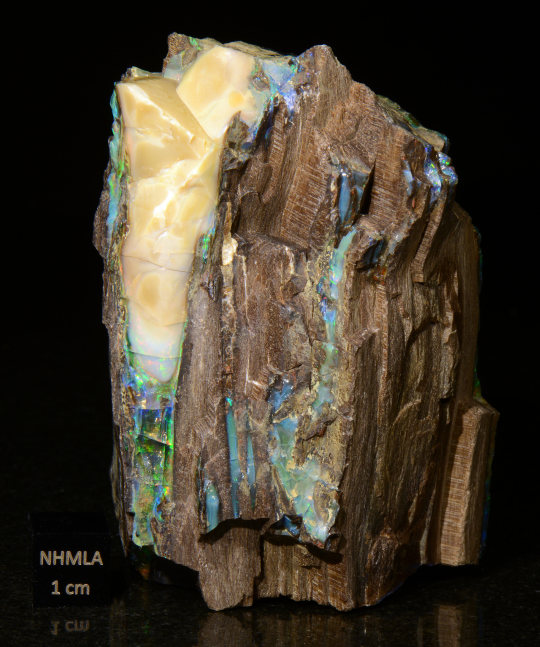
Opal in petrified wood (Opalised wood). By Stan Celestian on Flickr. (Hi-Res)
#opal#opals#wood#petrified#petrified wood#opalised#opalized#opalised wood#opalized wood#mineral#minerals#fossil#fossils#fossilised#fossilized#fossilised wood#fossilized wood#tree#trees#tree trunk#tree trunks#los angeles#museum#museums#natural history musuem#nhmla#natural history museum of los angeles#geology#stan celestian
260 notes
·
View notes
Photo

I handed over a #commission this week to its very happy new owner; she’d asked to have this amazing piece of wood made iridescent and opalised, so this was the result. I got to try out a bunch of different techniques to get the results I was after, so I’m very happy with the finished piece. . . . #woodandresin #wood #resinartist #artistsoninstagram #resin https://www.instagram.com/p/B8zaDTtnt7Z/?igshid=1q1dsnn2s7frl
1 note
·
View note
Photo
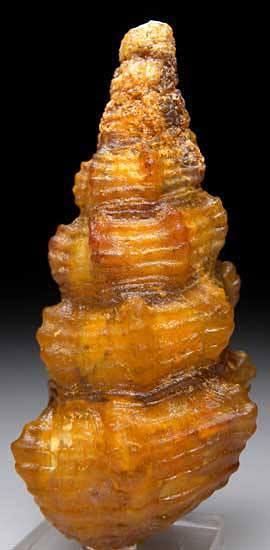
Agatised shell
Silica is a common material found replacing fossils, often creating such fine grained structures that many biological features such as the grain of bone and wood (see http://tinyurl.com/lpx653u) are exquisitely preserved. In some cases they provide the best insight into long extinct life such as the early Devonian land plants with perfect cell structures preserved by silica rich hot springs in the Rhynie chert of Scotland. Opalised fossils (Seehttp://tinyurl.com/nms2zmd) are another common example. The shell dates from the Eocene (65-34 million years ago) of Morocco, has been replaced by lovely honey coloured agate (due to iron oxide impurities) and is a large specimen, measuring 7.8 x 3.5 x 3.3 cm.
Loz
Image credit: Marin Minerals
97 notes
·
View notes
Photo

What we’re thinking is a chunk of opalised wood! From the old collection I just inherited.
@the-bethy-lives That’s gorgeous! Thank you for sharing!
20 notes
·
View notes
Photo
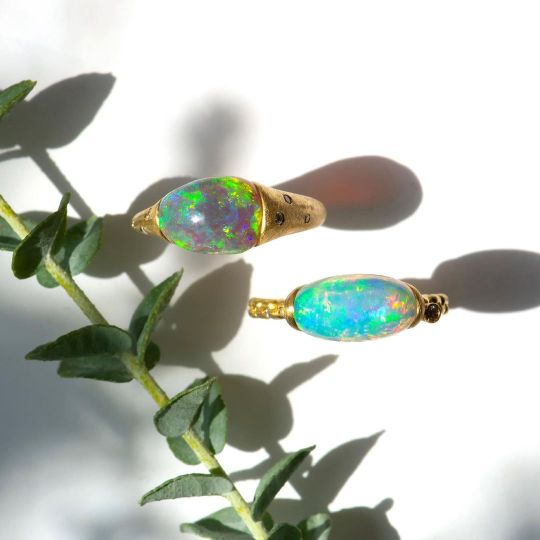
Green wave . . 心踊る新緑の季節 UP : Black opal with diamond 地球のリング Down : Opalised wood with diamond 朝焼けのリング . . こちらはOmline store,Eventの限定です。 世界で一人だけのあなたに たった一つのジュエリーを。 . . . https://19un-neuf.stores.jp . . プロフィール→ HP → Online Storeからでも ご覧いただけます。 ——contact us—— [email protected] DMにても承ります。 . . #19un_neuf #opaljewelry #oneofakindjewelry #stackingrings #customemade #greenwave #instajewelry #jewelryaddict #opalring #一点物ジュエリー #世界で一つだけ #重ね付け #アンヌフ https://www.instagram.com/p/CNFaJLVMSWE/?igshid=17qjnc5q41uyc
#19un_neuf#opaljewelry#oneofakindjewelry#stackingrings#customemade#greenwave#instajewelry#jewelryaddict#opalring#一点物ジュエリー#世界で一つだけ#重ね付け#アンヌフ
0 notes
Text
This is a crab claw that has been opalised in the same way that petrified wood is.
This is a crab claw that has been opalised in the same way that petrified wood is.
[ad_1]

This is a crab claw that has been opalised in the same way that petrified wood is.
[ad_2]
View Reddit by gator426428 – View Source
View On WordPress
0 notes